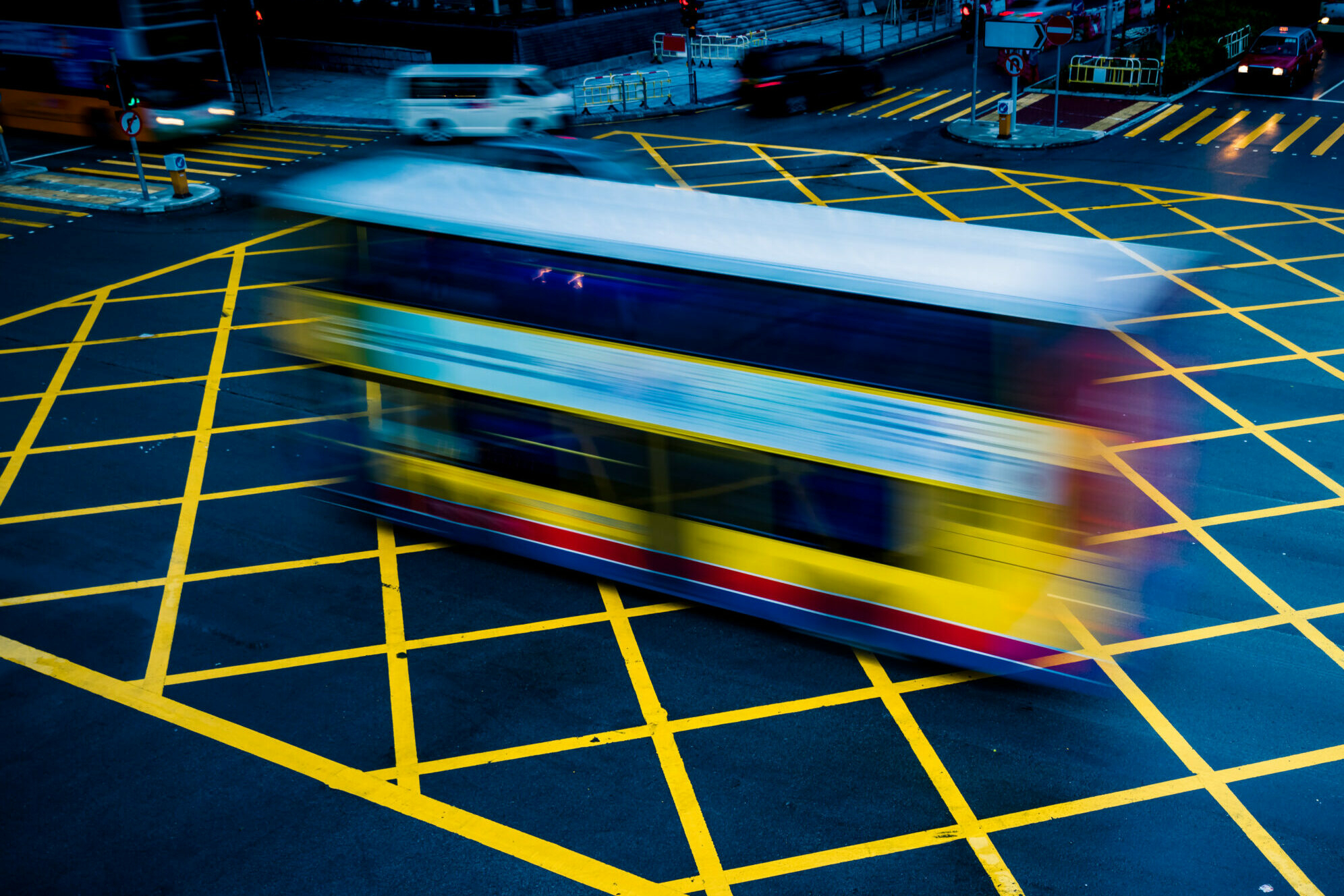Technology and Safety: The Evolution of Advanced Driver Assistance Systems and Testing Methodologies
In the last decade, technology has made remarkable strides in developing new innovations and enhancing existing ones. Components once reserved for military, aerospace, or naval applications are now found in everyday appliances in our homes. Terms like “Artificial Intelligence,” “Night Vision Sensors,” and “Laser Remote Sensing” have become commonplace in advertisements for washing machines, ovens, and robotic vacuum cleaners. Similarly, the automotive industry has embraced these advancements to offer new features such as Lane Keep Assist, Adaptive Cruise Control, and Automatic Emergency Braking across a wide range of vehicles, from city cars to freight trucks.
Technology in the Service of Safety
The primary goal of introducing these advanced sensors into transportation is safety—not just for drivers, but also for vulnerable road users like pedestrians and cyclists. Automakers have integrated technologies like Laser Imaging Detection And Ranging (LiDAR), Radio Detection And Ranging (Radar), and Surround View Cameras to enhance vehicle safety and functionality. Collectively known as Advanced Driver Assistance Systems , these systems provide drivers with greater peace of mind by offering advanced control mechanisms. ADAS-equipped vehicles communicate with each other, enabling futuristic features like semi-autonomous or fully autonomous driving. Many automakers are already deploying vehicles capable of reaching destinations autonomously and safely.
Challenges in Testing
The introduction of these complex control systems has significantly increased the challenges and costs of testing. It is impractical to verify features like autonomous driving or automatic emergency braking in urban environments. Instead, dedicated test spaces with mannequins and obstacles are used to evaluate these systems. However, these physical tests are expensive and can impact both development timelines and the commercial viability of new functionalities.
The Role of Virtualization in Testing
An optimal solution to these challenges lies in leveraging virtualization for both the vehicle and its environment. Several companies are investing in systems capable of simulating real-world scenarios, enabling control systems to operate as though installed in an actual vehicle. This approach ensures safety and repeatability in laboratory settings.
These testing systems are known as HIL (Hardware In the Loop). HIL setups allow engineers to program and automate tests on control system software without needing the physical vehicle. In these environments, both the vehicle and road elements, such as pedestrians, cyclists, and traffic signs, are virtualized.
NetCom Group’s Pioneering Role
NetCom Group stands at the forefront of HIL system setup and the development of innovative testing methodologies. These systems detect software anomalies early, reducing costs and improving quality. With its cutting-edge expertise, NetCom Group continues to lead the way in optimizing testing procedures for next-generation automotive technologies.
Antonio Montieri
Related Posts
1 April 2025
Smart roads and connected vehicles: the C-Mobility project for safer and more efficient urban intersections
The Turkish automotive industry is a key economic driver, producing 1.4M…


